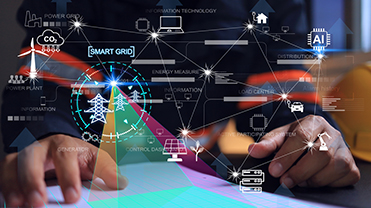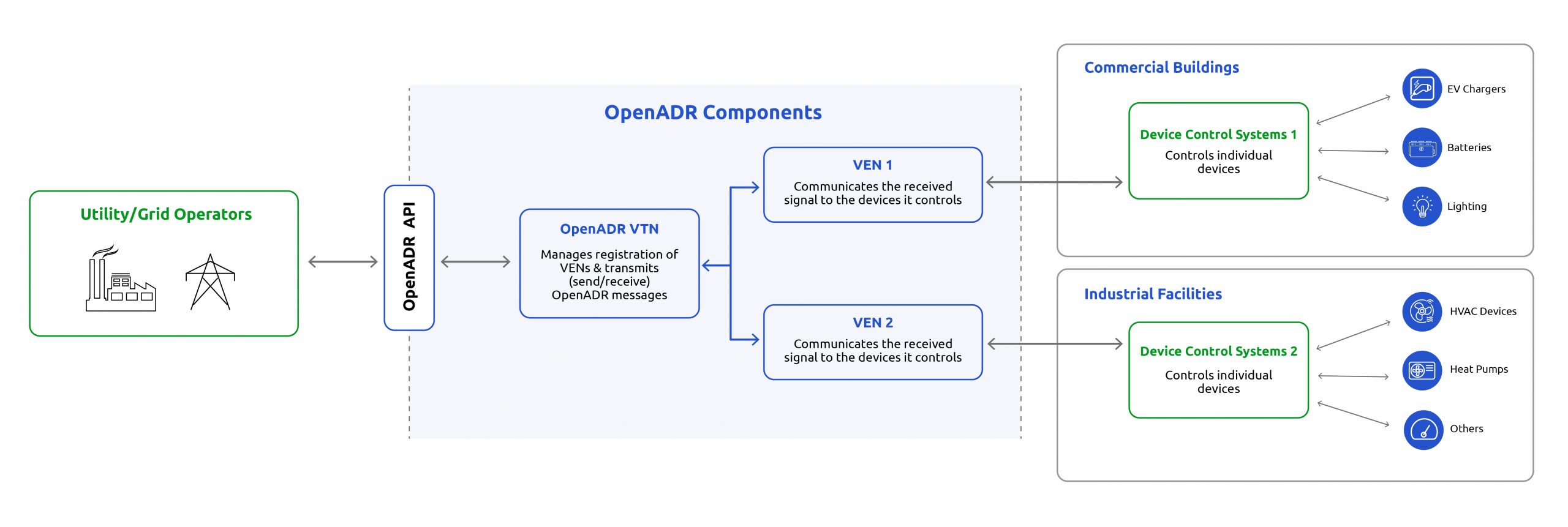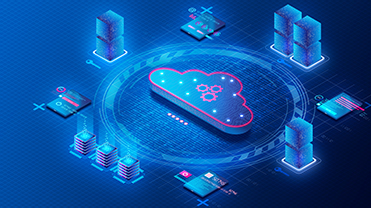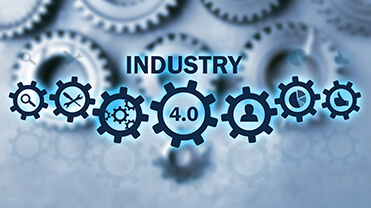The unstoppable rise of OpenADR
in smart energy management
In the ever-evolving landscape of the Internet of Things (IoT) and energy solutions, a silent revolution is taking place, one that holds the promise of a more sustainable and responsive future. At the heart of this revolution is OpenADR – Open Automated Demand Response. As our world inches toward a new technological landscape, OpenADR emerges as the catalyst for change, a beacon guiding us toward a future where our energy consumption is not just smart but deeply intuitive.
How it began
The demand for energy is ever-growing, and traditional methods of generating and distributing power are becoming increasingly unsustainable. This is where demand response (DR) comes in. DR involves optimising overall energy consumption by incentivising the shift of demand away from peak periods, thereby crucially contributing to balancing the power grid. Unfortunately, the lack of standardised programs and communication protocols created fragmented implementations, hindering DR’s potential. Enter OpenADR, an open communication standard to revolutionise DR. OpenADR ensures the world benefits from a standardised, secure, cost-effective, and interoperable protocol for two-way automated DR communication between utilities and energy consumers.
How it works
OpenADR leverages two key concepts: Virtual Top Node (VTN) and Virtual End Node (VEN). The VTN – representing utilities or aggregators – acts as the central command center, transmitting DR events, information of price changes, or grid conditions to VENs. The VENs, representing individual loads or groups of loads from energy consumers like homes, businesses, and even electric vehicles (EVs), receive and respond to these signals, adjusting their energy consumption accordingly.
The evolution of OpenADR
OpenADR has undergone significant evolution since its inception. While the first version of the standard, OpenADR 1.0, validated the concept of automatic demand response, the subsequent version, OpenADR 2.0, builds on the framework by establishing a standardised testing and certification process. OpenADR 2.0 is further categorised into various profiles:
2.0a profile: for simple devices like electric water heaters and thermostats, with limited computing and memory capacity.
2.0b profile: featuring an extensive list of commands, this profile is designed for full-service OpenADR servers and clients, catering to high-end embedded devices supporting a wide array of DR services and markets. This profile was approved as a full International Electrotechnical Commission (IEC) standard in 2019.
For more insights into safety standards, explore our latest blog: Softdel’s guide to safety first: demystifying ISO, UL, and IEC standards
In 2023, the OpenADR Alliance announced the launch of OpenADR 3.0, which complements previous versions while simplifying messaging and better enabling greenhouse gas signalling, grid code adjustments, and capacity management communication.
Benefits of OpenADR
Seamless interoperability: OpenADR ensures diverse devices and systems can all communicate seamlessly, thus transforming disparate entities into a unified front, without any concern about compatibility issues.
Enhanced grid stability: By balancing demand and supply and smoothing out fluctuations, OpenADR reduces strain on the grid, enhancing grid stability, thus effectively minimising outages and ensuring a reliable energy supply.
Simplified integration: OpenADR facilitates easy integration with existing protocols and a diverse range of end-use devices in energy management.
Energy and cost savings: By shifting demand away from peak periods, consumers can optimise energy usage and benefit by mitigating peak pricing.
Advanced safety measures: OpenADR also enhances security by managing its certificate authority system, ensuring system-wide secure communication.
Contributing to sustainability: OpenADR’s impact goes beyond mere efficiency, championing sustainability by optimising energy consumption and contributing to the reduction of carbon footprints for aggregators and end-users alike.
The future is OpenADR
OpenADR has demonstrated its adaptability across a wide array of applications, spanning large commercial and industrial buildings, distributed energy resources, renewable energy sources, electric vehicles, and battery storage. In the context of EVs, it facilitates V2G (vehicle-to-grid) communication, allowing EVs to act as both energy consumers and providers, enhancing grid stability and resilience. Moreover, OpenADR facilitates a symbiotic relationship between EVs and renewable energy sources. By leveraging real-time data from the grid, OpenADR can inform EVs about periods of abundant solar or wind energy, enabling them to prioritise charging during these times. This not only reduces reliance on fossil fuels but also helps utilities integrate more renewables into the grid, further enhancing stability and resilience.
A New Hampshire electric distributor successfully leveraged OpenADR to launch the Transactive Energy Rate (TER) – an hourly electricity rate published each day for the following day, so people can plan their energy usage – which helped their members drastically cut energy costs. To increase adoption, they needed low barriers to entry – they required a communication protocol that was interoperable, internationally recognised, secure, cost effective, and flexible. OpenADR addressed every one of their concerns, and was widely recognised by their aggregators as well. The results were impressive – 3MWh used for charging during low-price hours, avoiding peak prices, and generating over $1000 in aggregator value by automatically discharging energy during favorable price conditions.
With global demand for OpenADR solutions surging, the OpenADR Alliance boasts over 200 members, including leading utilities, technology companies, building, Heating, Ventilation, and Air Conditioning (HVAC), and lighting control manufacturers, and research institutions. This widespread adoption underscores OpenADR’s critical role as a driving force for smart grid communication and optimisation. As we stand on the cusp of drastic climate changes and global warming, OpenADR emerges as one of the leading saviours of a future where efficiency, sustainability, and responsiveness harmonise seamlessly. OpenADR’s benefits are immeasurable, offering a lifeline to a planet in need of sustainable solutions, propelling us toward a future where every component, from our homes to our cars, plays a vital role in energy efficiency.
Our choices today power the tomorrows of generations to come. Join the energy revolution; contact Softdel to learn more about OpenADR and its potential for your organisation:








